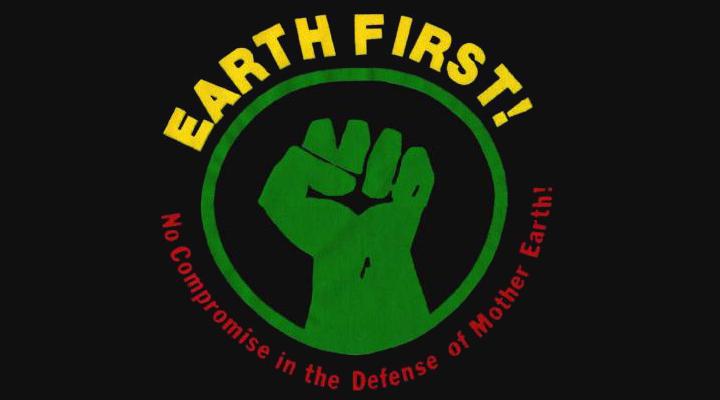

In Wild Earth 5, no. 4 Reed F. Noss reflects on what endangered ecosystems should mean to The Wildlands Project, and preliminary results of a biodiversity analysis in the Greater North Cascades ecosystem and a biodiversity conservation plan for the Klamath/Siskiyou region are presented.
In Wild Earth 5, no. 3 Wendell Berry writes about private property and the Commonwealth, Thomas P. Rooney reflects on global warming, and Paul J. Kalisz analyses sustainable silviculture in the hardwood forests of the eastern United States.
Wild Earth 5, no. 2 discusses the environmental consequences of having a baby in the United States; bumblebee ecology; and the Nevada Biodiversity Research and Conservation Initiative.
Wild Earth 5, no. 1 focuses on prairie dog ecosystems and includes a Minnesota biosphere recovery strategy.
Wild Earth 4, no. 3 features Canadian forests at risk, an activist’s guide to Central Appalachian forests, citizen involvement in mining issues, a proposal for a Thoreau Regional Wilderness in northern Maine.
Wild Earth 4, no. 2 features Wendell Berry on “A Walk Down Camp Branch,” Howie Wolke’s “Butchering the Big Wild,” and William R. Catton, Jr., on “Carrying Capacity and the Death of a Culture.”
Wild Earth 4, no. 1 discusses aquatic ecosystems, vacuuming the Northern Forest, mismanagement in the Southern Appalachians, and lessons from the Vermont wilderness.
Wild Earth 3, no. 4 puts the spotlight on endangered invertebrates, exotic pests in US forests, the Northern Rockies Ecosystem Protection Act, and keywords of conservation and environmental discourses.
Wild Earth 3, no. 3 features articles on protecting biodiversity in the Selkirk Mountains, preserving biodiversity in caves, restoring the Wild Atlantic Salmon, and changing state forestry laws.
Wild Earth 7, no. 4 features provocative essays on population extinction and the biodiversity crisis, how immigration threatens America’s natural environment, the costs of affluence and consumption, and a technological imperative.